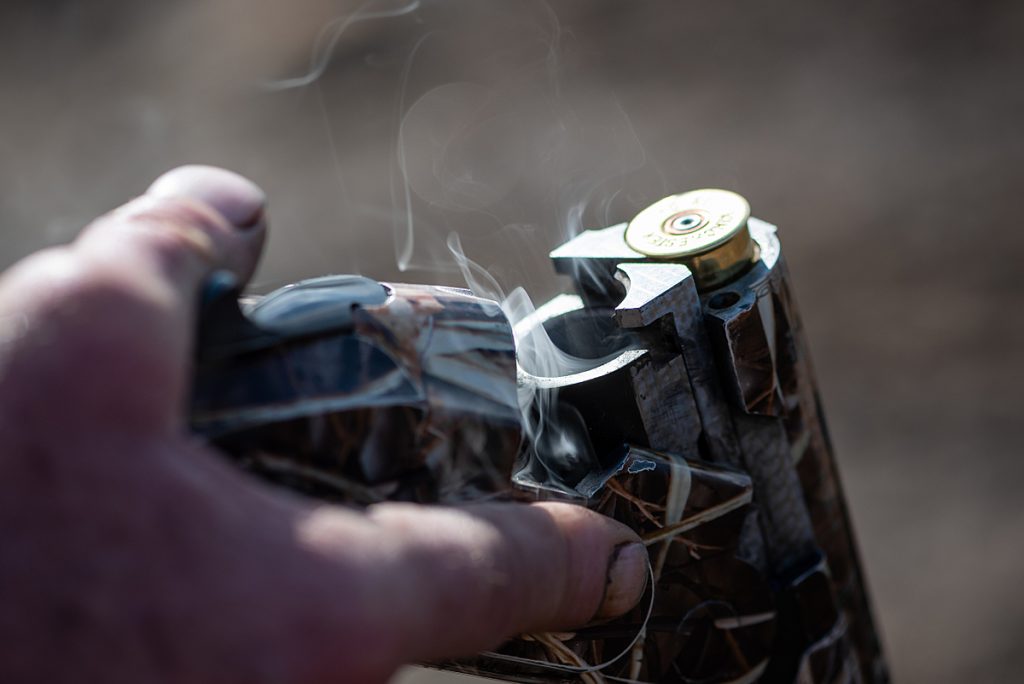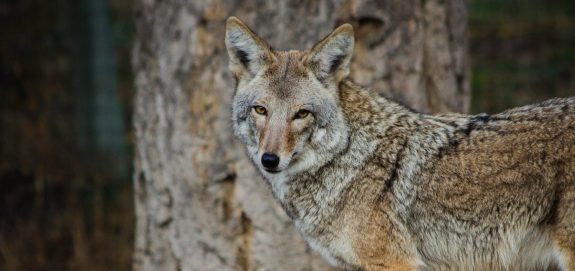The commercial seal hunt on Canada’s east coast is the largest hunt for marine mammals on Earth. The seal hunt is a hunt for fur, and seal pups are killed when they are just a few weeks or months old. In the past, animals were most commonly killed by being clubbed to death or killed with a hakapik. Today, disappearing sea ice means that seals are often shot from boats. Shooting an unrestrained animal from a moving boat makes it impossible to guarantee that an animal will be killed quickly, as is required by the Department of Fisheries and Oceans (DFO).
Indeed, observers have frequently documented seals being wounded and escaping below the ice, evading the hunters, but in many cases likely to die of their injuries or to predation later. Veterinary studies have consistently shown that the seal hunt is not only inhumane, but also that it is impossible to conduct in a humane way. The seal hunt contributes a negligible amount to fishermen’s income and the hunt itself only continues to exist thanks to extensive subsidies from the federal and provincial governments as markets around the world shut their doors to the products of this cruel hunt.
Canada is the only country that still allows the trophy hunting of polar bears, a species already facing extinction due to the severe impacts of climate change on its habitat and ability to hunt and migrate. Russia, the United States, and Norway (the other countries with polar bear populations) have all banned commercial polar bear hunts. And while climate change presents a serious and accelerating threat to the species, the majority of population loss in recent years has been due to commercial trophy hunts. If this species is to survive the already devastating impacts on its habitat, unsustainable and cruel trophy hunting must be banned in Canada.
There is no evidence that trophy hunting brings widespread economic gains to Inuit or First Nations communities in Canada; hunting operations are controlled by small numbers of individuals and these hunts have not been shown to benefit communities as a whole. Allowing a majestic, emblematic species to be slowly wiped out by depraved trophy hunters would be an abomination for Canada.

Trapping animals is legal in every Canadian province and territory, both recreationally and commercially. Canada still allows the use of leg hold traps, which are banned in dozens of jurisdictions around the world due to their cruelty, including in the European Union. The use of traps is outdated and dangerous; these traps are indiscriminate, injuring and killing non-target animals, including pets and threatened species. Trapping is also an incredibly cruel practice: traps cause extreme pain, injury, and distress, and most do not kill an animal outright, leaving them trapped without food, water, or shelter –– or the ability to return to their young, who are then condemned to death if they are not yet independent. Animals have been documented gnawing or twisting off their own limbs in order to escape the distress of being caught in a trap. Laws regulating trapping in Canada are weak, with some provinces allowing traps on public land where individuals can hike with their companion animals, or within short distances of homes, without any requirement for trappers to report the location of their traps. Trapping has no place in modern Canada. It is a threat to wildlife, beloved companion animals, and is an inherently cruel practice. Animal Justice is calling on all provincial governments to pan the use of animal traps.
After years of campaigning by many animal protection groups, including Animal Justice, in 2020, outerwear company Canada Goose announced that it would no longer source new coyote fur for its jackets. This is an incredible victory for animal advocates, albeit a partial one (Canada Goose will still use “reclaimed” fur and has not pledged to discontinue its use of cruel goose down). Campaigns against fur are working: market closures and regulations are closing doors to fur products, protecting millions of animals from a horrific fate.
Note: Commercial hunting and trapping industries often cite the need to protect the cultural practices of First Nations, Inuit, and Métis peoples, yet these operations contribute negligible resources to these communities and do not provide a significant amount of work. Rather, this messaging is a front used to shield deeply unpopular and cruel commercial practices conducted by non-Inuit and non-First Nations-led companies. There is no excuse for allowing cruel, unnecessary practices to continue, and using exploitative means and messaging to try and sustain these industries is shameful. No reputable animal protection organization has ever campaigned against cultural or subsistence First Nations, Inuit, or Métis practices.




